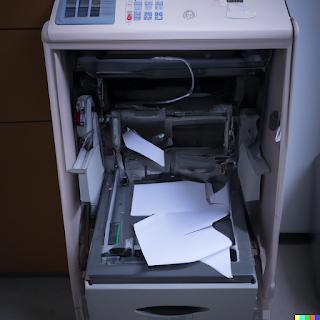SSH Local Port Forwarding with Kali Linux
Welcome to this tutorial where we unravel the complexities of SSH Local Port Forwarding on Kali Linux. This skill is an invaluable part of any cybersecurity professional's toolkit, enabling secure, encrypted connections for various purposes, including secure browsing, managing databases, and more. 🔐 What You'll Learn: 🌐 The Fundamentals: Understand what SSH Local Port Forwarding is and why it's essential for securing your network communications. 🛠 Setting Up: A step-by-step guide to setting up local port forwarding in Kali Linux, ensuring a secure, encrypted tunnel for your data. 💻 Real-World Applications: Explore practical use-cases where SSH Local Port Forwarding can be applied to enhance security in various scenarios. 🎯 Who Is This Tutorial For? This guide is tailored for ethical hackers, network administrators, and anyone interested in network security. Whether you're a beginner or have some experience, thi...


